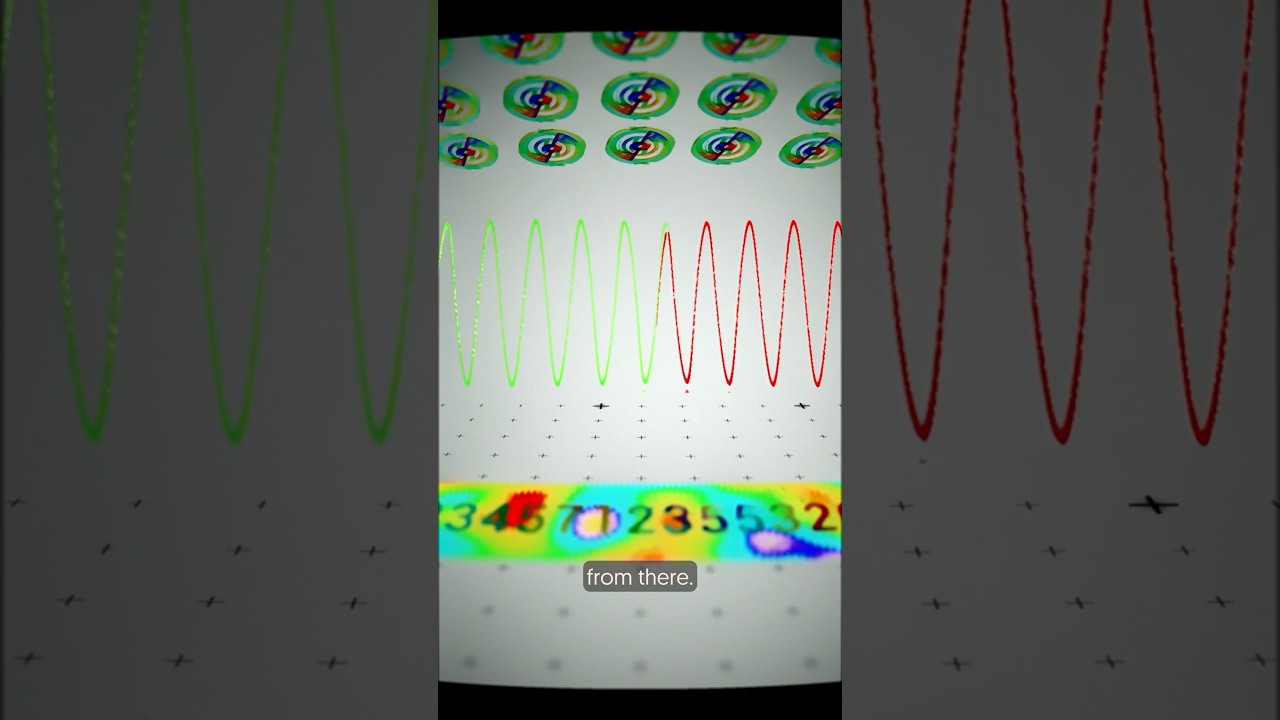In the video, Johannes Brandstetter discusses the limitations of using neural networks (NNs) for simulation, emphasizing that they should complement rather than replace traditional numerical methods. He highlights their advantages in real-time interactions and experimental design, advocating for a hybrid approach that leverages both NNs and numerical simulations for optimal results.
In the video, Johannes Brandstetter discusses the limitations of using neural networks (NNs) for simulation purposes. He emphasizes that NNs should not be viewed as a direct replacement for traditional numerical methods in simulation. Instead, he positions them as an orthogonal tool that can complement numerical approaches in specific scenarios where traditional methods fall short.
One key area where NNs can be beneficial is in real-time interactions. Brandstetter highlights that certain systems require immediate predictions and responses, which can be challenging for numerical methods due to their slower processing times. In situations where rapid decision-making is crucial, NNs can provide the necessary speed and efficiency, making them a valuable asset in real-time control systems.
Another important application of NNs mentioned in the video is in the design of experiments. For instance, when designing complex systems like airplanes, engineers can utilize NNs to run numerous surrogate models quickly. This allows them to explore a wide range of parameter choices and identify the most effective configurations without the extensive computational burden that traditional numerical simulations would entail.
Brandstetter also points out that while NNs can aid in the exploration and optimization phases, they should ultimately feed back into numerical methods for validation and guarantees. This hybrid approach allows for the strengths of both NNs and numerical simulations to be leveraged, ensuring that the final designs are both innovative and reliable.
In conclusion, Brandstetter advocates for a balanced perspective on the use of neural networks in simulation. Rather than viewing them as a one-size-fits-all solution, he encourages practitioners to recognize their unique strengths and limitations, using them strategically alongside traditional numerical methods to enhance the overall simulation process.
